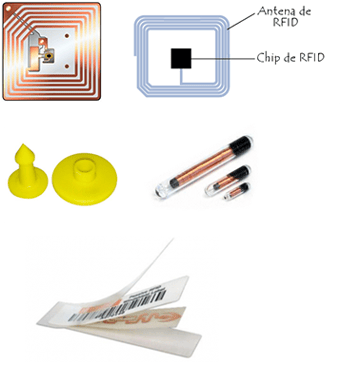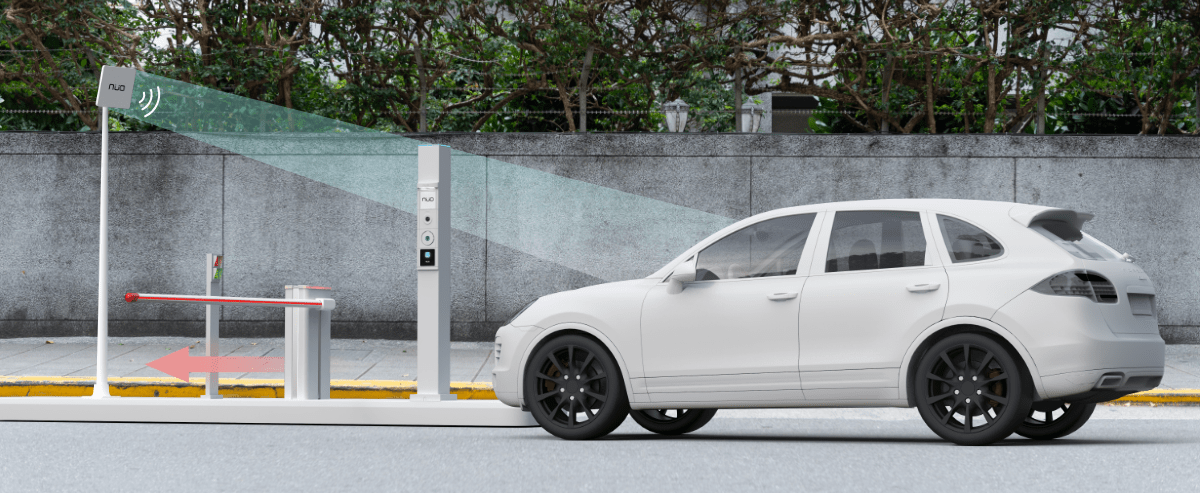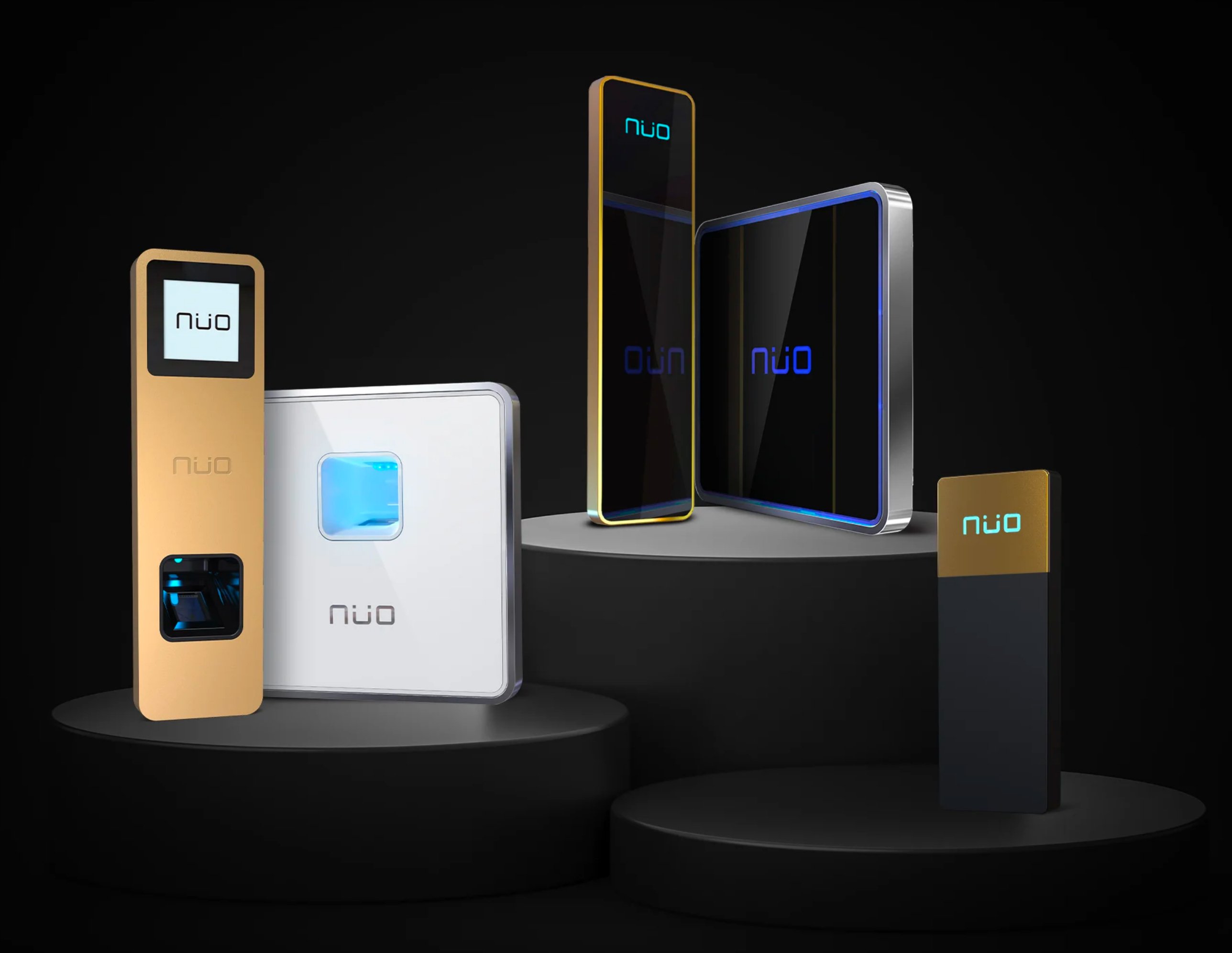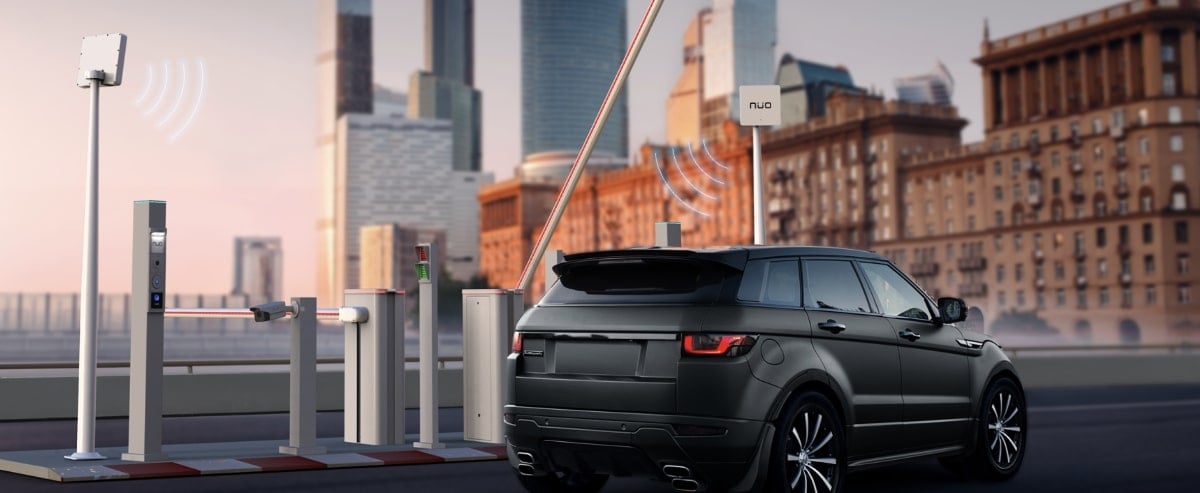What is RFID?
RFID is the abbreviation of Radio Frequency Identification.
The fundamental purpose of RFID technology is to identify by a reader, without contact and at distance, a card or label (tag) carried by a person, a moving vehicle or any product that is in a warehouse or in an automated production.
How does RFID work?
The reader makes requests or questions through radio frequency to the chip that comes integrated with the RFID tags, which emits a response to receiving signals from the reader. Those applications allow identification with high security and precision in real time.
 |
|
|
|
| Database | RFID reader | Radio waves | Mifare cards/UHF Tags |
The identification code they contain is unique and can be customized during manufacturing of the label. The physical foundations on which the RFID technology bases involve the appearance of several models of communication between the basic system devices. The RF communications require the incorporation of an RF antenna in each of the communication devices involved in the communication, whose shape and characteristics depend on the frequency band in which they work.
Different RFID systems currently on the marketuse the following frequency, bands.
Frequency bands used in RFID
| Frequency band | Description | Rank |
|---|---|---|
| 125 kHz | LF (Low Frequency) | Up to 50 cm. |
| 13.56 MHz | HF (High Frequency) | 8 cm. |
| 400 MHz - 1000 MHz | UHF (Ultra High Frequency) | Of 3-10 m. |
| 2.45 GHz - 5.4 GHz | Microwave | More than 10 m. |
The old ID cards used the band of 125 kHz in the first proximity readers that were launched. The advantage of these frequencies was the good scope achieved to read the cards with technically unsophisticated readers, and the downside, the small security due to the ease of copying cards.
The modern ID cards use the 13,56Mhz frequency. The great thing about this technology is the high security of the applications and the amount of information that can be stored in their memory, such as the fingerprint pattern of the cardholder. It is also possible to incorporate into the card several different applications, such as access control and purse for vending machines. This technology is currently widespread worldwide, and several manufacturers licensed by NXP (Philips) produce it with several models: Mifare® Classic, Desfire, Ultra ligth and Mifare Plus®. The latter is a newcome and characterizes by its maximum security for critical applications and has been selected by major companies of payment methods.
How are the tags?
Tags (Labels) include inside a small chip and a printed or wound antenna to communicate with the reader. The chip has a unique serial number (ID) recorded that identifies it among others, and may have a small memory for storing data that the readers can read and write.
There are three types of RFID tags, active, passive and semi-passive.
Passive tags require no internal power supply, they take the energy from the own emission of the antennas of the reader, and they activate when they are in the field of coverage of the reader. Active tags use their power from a small battery and can communicate with the reader to a much larger distance and processing a greater amount of data. The Semi-passive tags are similar to active in the fact that they have a separate power supply, but, in this case, it is mainly used to power the microchip and not to transmit a signal.
 Examples of tags of different shapes and sizes
Examples of tags of different shapes and sizes
The RFID tags have many shapes and sizes for the different environments where they are used, the material used for encapsulating the tags varies depending on how we want to use them. Those encapsulated in plastic (usually PVC) or buttons usually have more durability; they are perfect for applications where you have to reuse or in harsh environments.
When the purpose is to identify objects, they may be boxes or pallets moving in and out of a warehouse. The most common is to use a plastic substrate shaped as a label affixed to the surface of the object to identify.
They can also insert in plastic cards, such as the credit cards, called "contactless smart cards", or paper (replacing the known bar codes), called “smart labels”.
If the ultimate goal of the application is the identification of animals, usually the method used is inserting the tag under the animal's skin or in the stomach. The chip and antenna are encapsulated in non-toxic substrates as a capsule to make this identification.
Other applications where we can find RFID are the security keys of a vehicle, or access control cards to restricted areas and buildings areas.
When we talk about vehicle identification RFID with NÜO ID, the operation mode is very straightforward. The cards contain data identifying the user. When the card enters the field of emission of the NÜO ID reader, this generates a radio frequency signal with that data. NÜO ID handles reading the information and the controller depending on the permissions assigned to the user, it allows or not access to parking, the main entrance, restricted areas, etc.
The tag used for readers NÜO ID is the mixed card Mifare Plus/UHF, which is two separate RFID tags mounted on the same media, credit card-like. The first is a Mifare Plus used to access to readers of doors or turnstiles to buildings. Readers read this at a distance between 2 and 8 cm. depending on the type of reader and the environment where it is installed. The second is the UHF tag that can be read by readers NÜO ID at a distance of up to 8 meters.
ID - Remote card reader RFID for the identification of vehicles
|
|
|
Mixed Cards |
Extreme Conditions |
Reading Distance |
| A single ID card for both the parking entrance as access control of the doors. | Prepared for extreme environmental conditions, sunlight, rain, saline environments and temperatures from -30 to 50°. | There is no need to bring the card to the reader, NÜO ID reads it quickly up to a distance of 8 meters. |
Escrito por: NÜO Planet
Categorías: Security, Technology, Essentials













